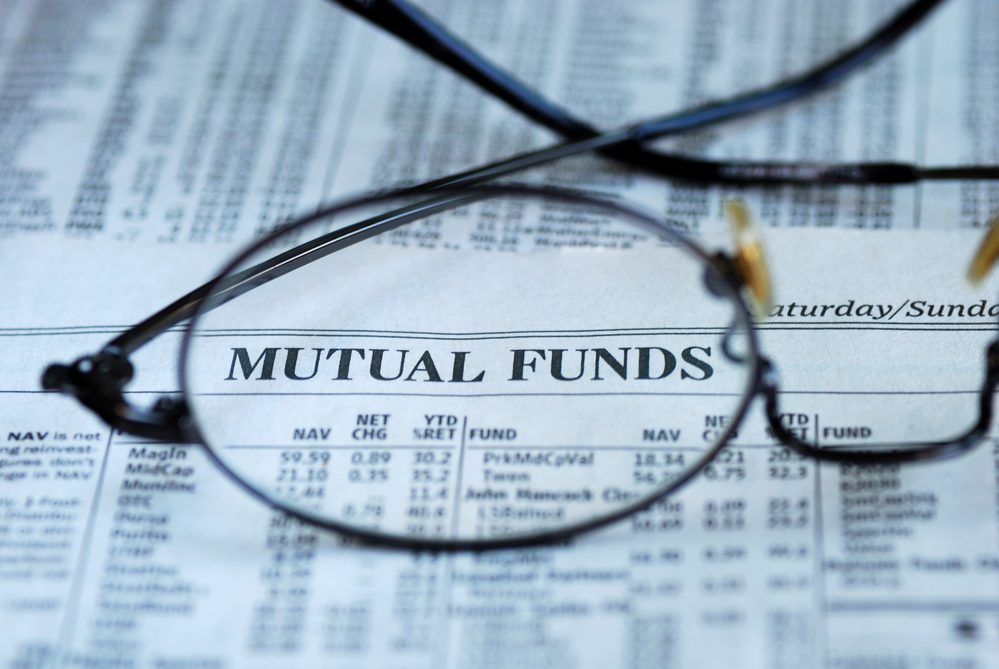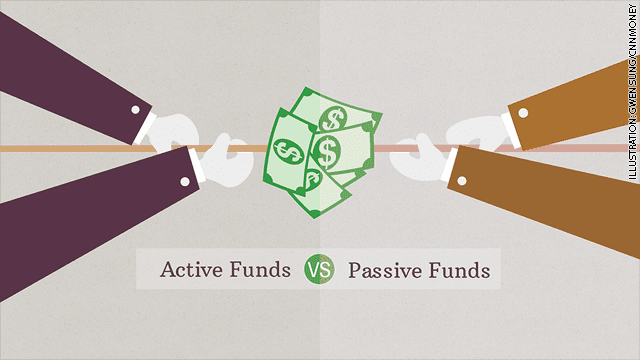

Passively Managed Funds – What Are Passive Funds?
Types of Mutual Funds
Investors today have a broad range of different investment opportunities to choose from. If you have little or even no previous experience with investing in a stock market, you may consider investing in mutual funds. There are two types of mutual funds by strategy – Actively Managed Funds and Passively Managed Funds. In this article we’ll discuss Passively Managed Funds and their difference from Actively Managed Funds.
Actively Managed Funds – Active Mutual Funds
The primary difference of Actively Managed Funds is that these funds are actively managed by the active fund manager or dedicated portfolio management team, whose primary job is to pick the most promising assets that has a potential outperform the fund’s benchmark or even outperform the market. Basically, Actively Managed Funds charge relatively high fees because portfolio allocation and management requires all the time involvement of professionals who buy, sell and hold securities to achieve the financial goals deliver superior returns to investors.
For example, Einvestment Fund is an AMF that offers very competitive fees policy, where investors pay only performance fee with no extra charges and no entry, management or annual fees. Additionally, the Fund is domiciled in the Cayman Islands, one of the world’s most famous and reputable offshore jurisdictions suitable for tax-efficient investments. If you are looking to reduce the costs and maximize your returns, take a closer look at the Fund’s offshore investment products.
Passively Managed Funds – Passive Mutual Funds
Passively Managed Funds or Passive Funds are one of the best investment opportunities for investors who have no experience with stock market investments. The Fund manager doesn’t actively choose the assets for allocation, which is the way how Actively Managed Funds operate. This becomes a reason for lower fees for portfolio management services as the process doesn’t involve active participation of the fund manager. This fact makes Passively Managed Funds also known as Index Funds more accessible to retail investors than Active Funds.
The involvement of a fund manager in an index fund is comparatively less. That’s because index funds follow the indices. One major reason where Actively Managed Funds and Passively Managed Funds have significant differences in expense ratio. Passive Funds typically track a specific industry sector or a market index. There is no active strategy for the fund manager to buy, sell or hold securities.
There are also Non-Index Passive Funds, where the fund manager or portfolio management team follow the guidelines for the holdings. A Non-Index Passive Fund may hold a pre-defined section of an asset class—such as the smallest 25% of the market with the lowest price-to-book ratio. This makes them index funds with an active element, sometimes called enhanced index funds, according to The Balance.

Active Funds VS Passive Funds
If you well-prepared for taking the risks and consider investing in high-risk investment products with attractive risk/return potential to get more from your savings, you should take a closer look on Active Funds. However, if you are not prepared to take the high amount of risk and look for low-risk investment opportunities, Passive Funds and Balanced Funds better suit your financial goals and risk profile. Keep in mind that investment with high return is usually a more risky investment. Nevertheless, mutual funds provide detailed information on their investment offerings, as well as supporting documents that clearly describe the investment product, it’s objective, strategy, risk score, exposure style, allocation data, and historical performance. If you feel comfortable with high volatility, you may consider investing with crypto mutual funds.
In-depth research is necessary to make the right investment decisions. If you have no experience with mutual fund investing, you may consider contacting certified financial advisor or wealth manager to find the most suitable investment products that fully matches your goals and risk profile. With Einvestment, you can open your investment account in minutes to start your investment journey with low fees and lowest investment minimums. The Fund delivers superior returns since it’s inception in 2018. Additionally, the Fund offers reduced fees for retirement investments.
The Fund’s top investment product that offers hybrid allocation to both traditional and crypto markets has generated over 316% total return since February, 2019. The Fund has reported 253% year-over-year revenue growth in 2020. The total value of Net Assets under management exceeds 240M EUR as of July, 2021.
Moreover, the Fund offers monthly income distributions, which makes it’s products even more suitable for those who are looking for a source of passive monthly income and consider investing in mutual funds for monthly income. Get more information – compare investment products.
Risks
Please note that investing in mutual funds involves high degree of risk. The value of holding in the Fund’s portfolio may fluctuate, so the investment may lose it’s value as well as generate sustainable returns. Do not consider past performance of the fund or it’s investment offerings as a guarantee of future returns.







